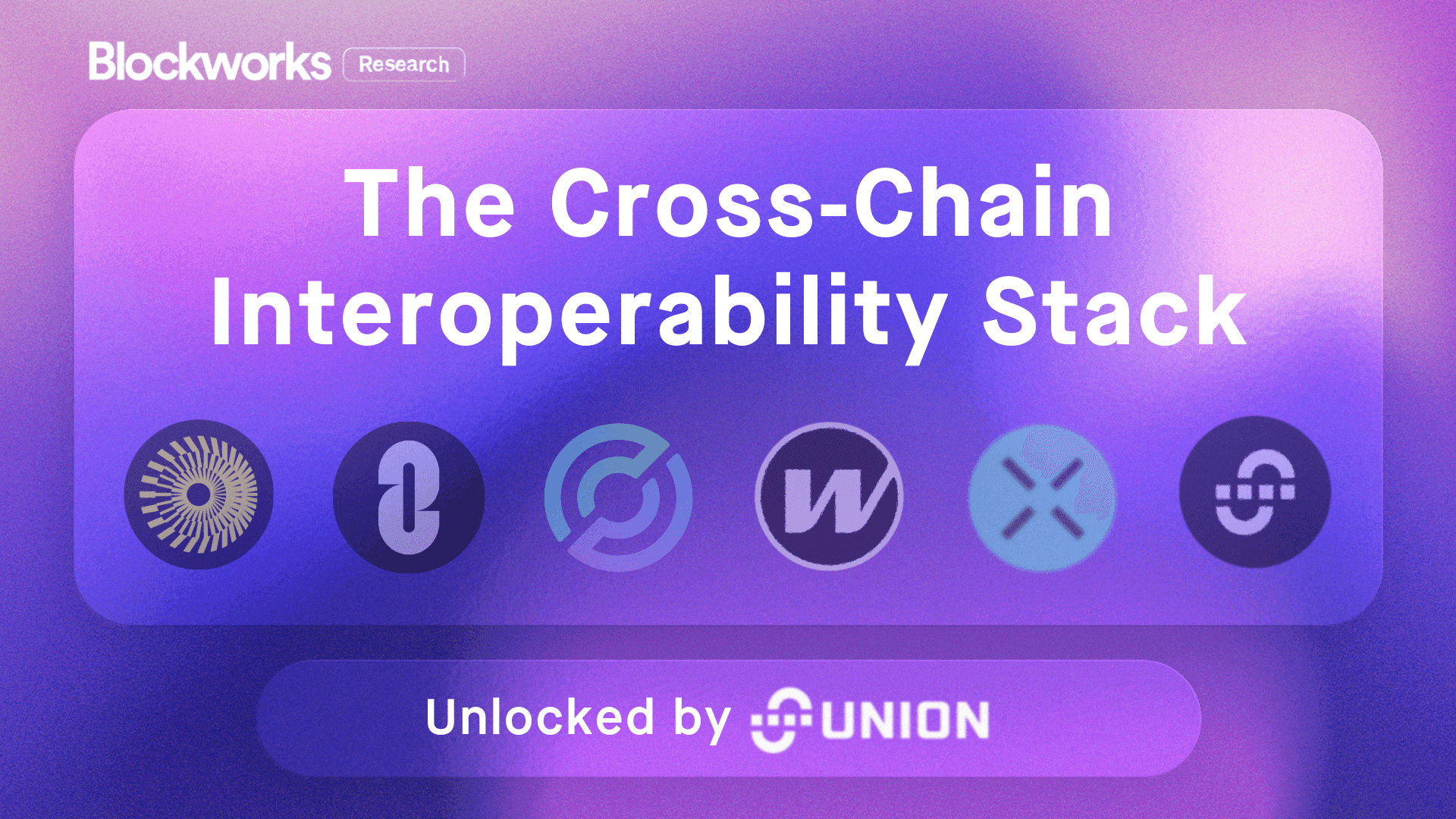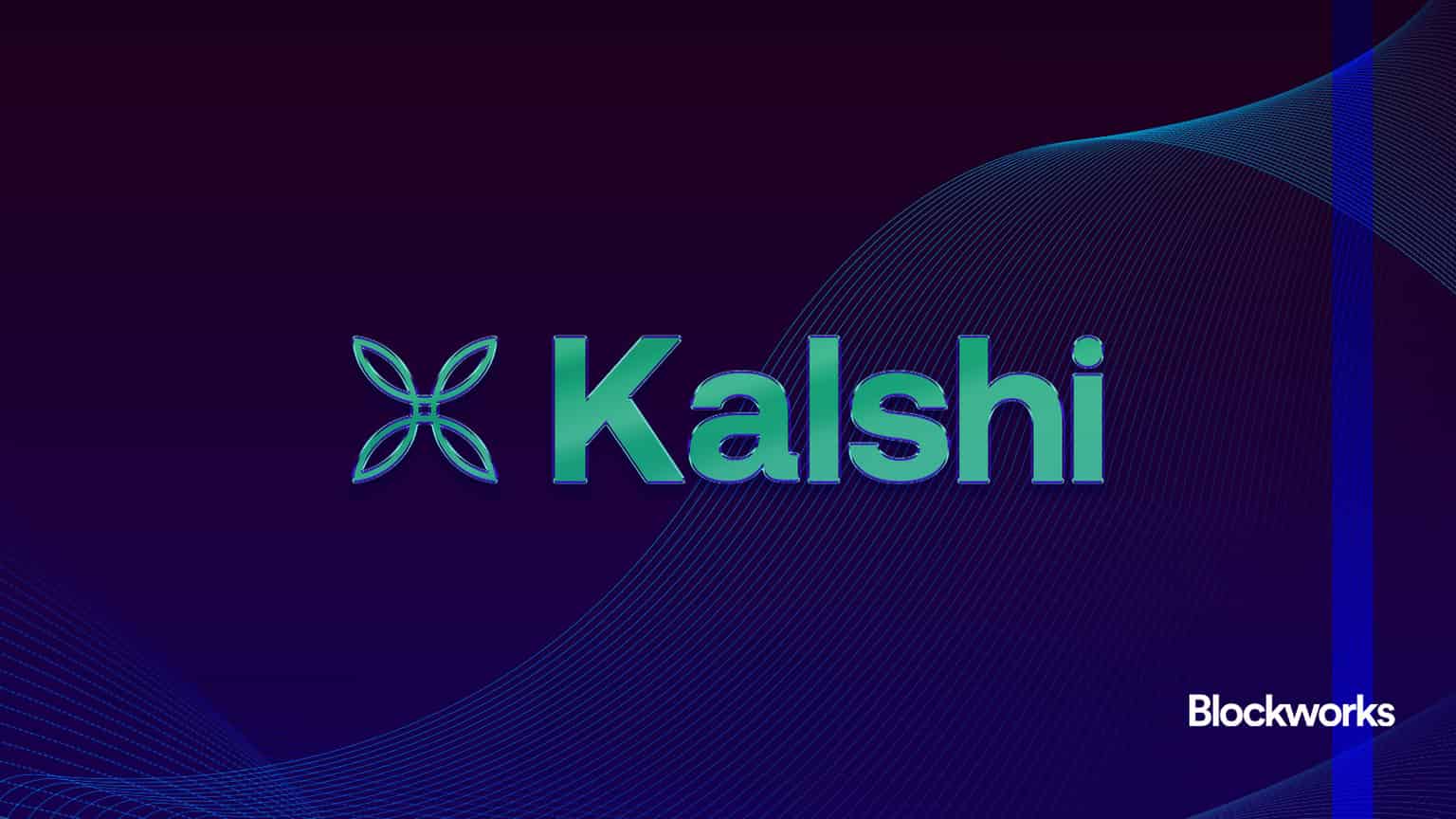Solana validators commence vote on landmark Alpenglow consensus protocol
12% of validators have voted in favor so far

Lana Sham/Lutfar/Shutterstock and Adobe modified by Blockworks
This is a segment from the Lightspeed newsletter. To read full editions, subscribe.
Solana validators have begun voting on SIMD-0326, the governance proposal for its new Alpenglow consensus protocol.
The proposal needs at least 33% of validators to reach quorum. As of this morning, at least 11.8% (135) of Solana’s ~1.3K validators have voted in favor, based on Dune.
When you send a transaction on Solana today, the chain takes about ~12.8 seconds (32 slots * 0.4s slot time) to reach deterministic finality, though it is also sometimes informally referred to as having a soft/optimistic transaction finality of 500-600ms.
12.8 seconds is fast compared to the 12.8 minute finality of Ethereum’s Gasper consensus, but it pales in comparison to the consensus speed of newer chains like Sui’s Mysticeti, with 390-500ms.
Alpenglow promises to collapse the 12.8-second time window further to 100-150ms, bringing about a 100x improvement, depending on where a validator is geographically located.
It does so by eliminating a few core legacy pieces of Solana’s chain like proof-of-history (PoH), Tower BFT and gossip-based vote propagation.
The average Solana user has no idea what these are, nor do they need to care, so I’ll try to keep it simple.
PoH and Tower BFT are the twin core pieces of Solana’s architecture today that allow validators to order blocks without having to interact.
Think of PoH as a pre-consensus cryptographic stopwatch that timestamps blocks. Those timestamps serve as a shared clock which the Tower BFT algorithm then serves up to validators for commitments. This way, the Solana blockchain is able to keep producing blocks without requiring a synchronous consensus round as is typical with traditional chains.
This protocol design has served Solana well, but there are trade-offs.
For one, it creates an overhead cost for voting transactions, which makes up something like 70% of Solana’s onchain transactions (see gray chart below). Vote transactions are distinctly separate from the kinds of transactions that ordinary users send to use the chain; they are an attestation that validators have to pay to lock in their commitments for Tower BFT, or a cost of doing business.
This has created something of a longstanding pernicious problem for Solana validators.
The bigger the stake of a Solana validator, the more earning opportunities they are given to produce blocks. But every validator, regardless of the size of their stake, pays the same fees to vote.
This “fixed cost, variable income” economics results in a situation where large validators end up with a greater stake over time, in effect centralizing network stake from smaller to large validators. Network decentralization suffers because it’s unprofitable to run a validator unless you’re coming in with deep pockets.
(That also explains why the Solana Foundation has an initiative to subsidize smaller validators in their first year of operations.)
Alpenglow aims to nip this problem in the bud by getting completely rid of voting costs. That’s where its new components, Votor and Rotor, come in.
Votor shifts validator voting off-chain, but records the aggregate as a compact onchain certificate. Alpenglow therefore replaces per-slot vote transactions with a fixed fee, compressing consensus into one-two rounds to achieve its target finality of 100-150ms.
Rotor, on the other hand, is an improved block propagation protocol that replaces Turbine. It uses a simpler relay scheme to reduce the number of times data jumps from node to node, shaving off end-to-end network latency.
Votor and Rotor jointly underpin Alpenglow’s promised “20+20” resilience model. Under this new model, the Solana network preserves safety and liveness even with 20% of stake controlled by malicious validators and an additional 20% offline.
If this is still all too confusing, just picture AI Peter Griffin dancing through a Minecraft map — somehow, consensus starts to make sense.
Get the news in your inbox. Explore Blockworks newsletters:
- The Breakdown: Decoding crypto and the markets. Daily.
- 0xResearch: Alpha in your inbox. Think like an analyst.
- Empire: Crypto news and analysis to start your day.
- Forward Guidance: The intersection of crypto, macro and policy.
- The Drop: Apps, games, memes and more.
- Lightspeed: All things Solana.
- Supply Shock: Bitcoin, bitcoin, bitcoin.






